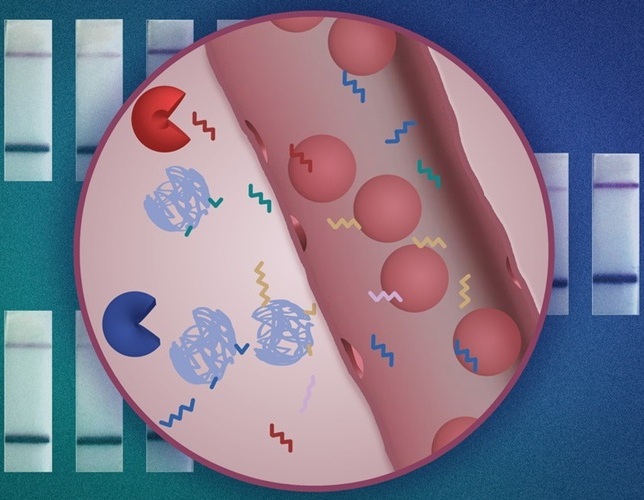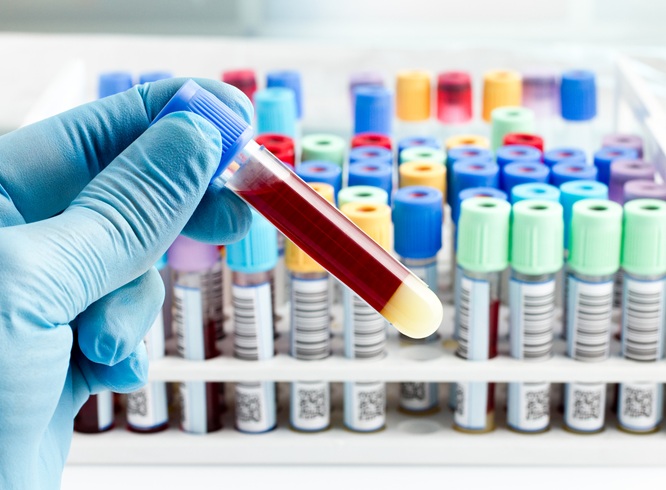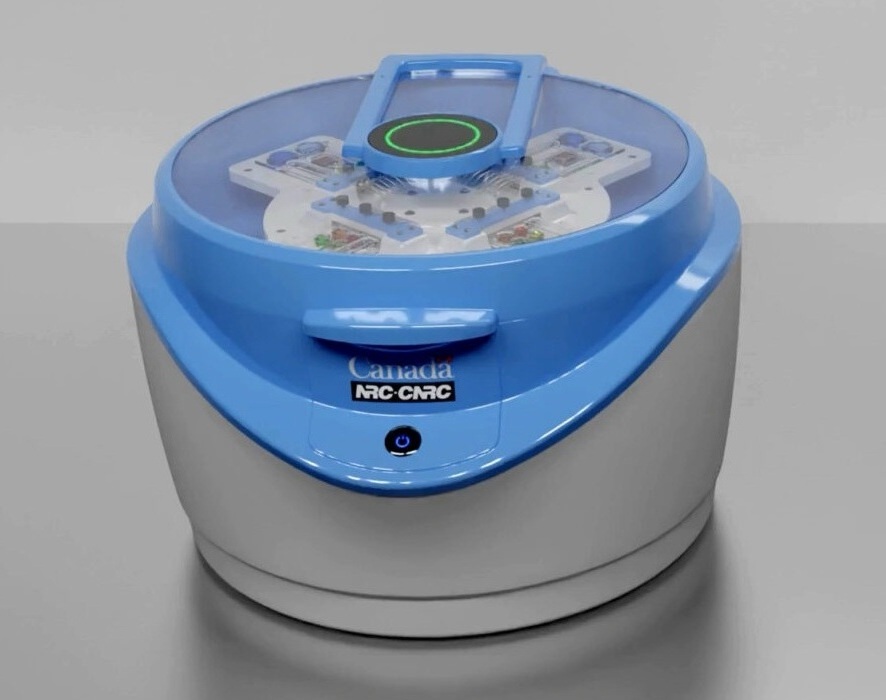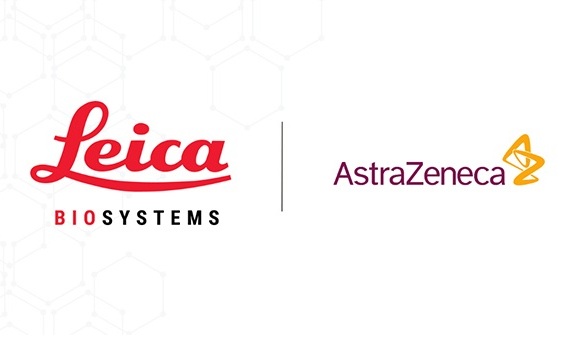Photochemical Internalization Cancer Treatment with Minor Side Effects Closer to Reality
|
By LabMedica International staff writers Posted on 24 Jan 2012 |
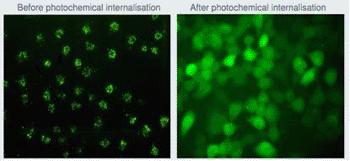
Image: Light-sensitive molecules (orange) before and after photochemical internalization (PCI) treatment. At left, the molecules are trapped within membranes inside the cancer cell. At right, the molecules have been released and can spread--along with the cytotoxic drugs--throughout the entire cancer cell (Photo courtesy of Pål K. Selbo/PCI Biotech).
Side effects are currently the biggest drawback with any cancer treatment. A Norwegian biotech company is getting closer to creating a treatment that destroys only cancer cells, leaving other cells unaffected.
It is not hard to find a drug that destroys cancer cells. The problem lies in the fact that a drug’s active compounds kill indiscriminately, not only diseased cells die but also other cells in the body. This is why the side effects associated with conventional cancer treatment are frequently so severe.
The hope of any cancer researcher is to develop a drug that works only against a cancerous tumor--without adversely affecting the rest of the body. This objective can be attained in two ways: one is to produce targeted drugs that affect only the cancer cells; the other is to design smarter way of delivering a drug to its target without affecting other parts of the body.
A biotech company, PCI Biotech Holding, ASA (Lysaker, Norway), has been focusing on the latter approach since 2000. Researchers working on the project Fotokjemisk internalisering for Cellegiftterapi av Kreft (Photochemical Internalization of Chemotherapy) have steadily been getting closer to a solution. Headed by chief scientific officer Dr. Anders Høgset, the project has received funding under the Program for User-driven Research-based Innovation (BIA) at the Research Council of Norway.
The technology is based on light and is called photochemical internalization (PCI). It was discovered in 1994 at the Norwegian Radium Hospital in Oslo (now part of Oslo University Hospital). PCI Biotech uses the technology to direct a red laser to the area of the body where the drug is to have its effect. The light significantly enhances drug delivery to specific locations inside the diseased cells.
“But in order to achieve the desired effect from the light, we need to give the patient a photosensitizing compound,” explained Dr. Høgset. “This is a chemical substance increasing cells’ sensitivity to light. We have created and patented a molecule [Amphinex] that we inject into a patient and let circulate for a few days. Then we give the patient the desired drug. After a short while, we shine the laser on the tumor where both Amphinex and the medication are now present. When light is applied, Amphinex triggers processes within the cancer cells, substantially enhancing the effect of the drug.”
The challenge of effectively transporting molecules to a targeted area inside a cell has long stumped cancer researchers. For pharmaceutical companies, it has created a logjam, slowing down further development of a number of molecules with great therapeutic possibilities.
Patients have often had to receive higher doses of a drug than what would otherwise be necessary had there existed a way to target drug delivery to the right location inside a cell. Because of these higher doses, the side effects patients experience are commensurately more severe. “Now we have finally succeeded in finding a way to deliver cancer medications inside the malignant cells, destroying them effectively,” noted Dr. Høgset.
These cancer-killing medications pass through cancer cell membranes much more easily, which considerably increases their accuracy. It follows that doses can be reduced substantially with side effects becoming correspondingly less severe. “In the laboratory, we have managed to enhance the effect of some cytotoxic drugs by a full 50 times. We did so by administering Amphinex and directing light to the cancer cell,” explained Dr. Høgset.
PCI Biotech, together with University College London Hospital, began performing research on human subjects two years ago. “All patients involved in the study experienced a considerable effect from the light treatment and, in most cases, the treated tumors disappeared altogether. No serious side effects were observed,” said Dr. Høgset.
PCI Biotech is now going to follow-up with additional clinical research. Up to the present, PCI Biotech has focused on localized cancer treatment, for example, for mouth cancer, breast cancer, and facial skin cancer. Many cancer patients stand to benefit greatly from localized treatment, but a great number also require treatment that can attack cancer that has metastasized to other areas of the body.
As part of a future project, PCI Biotech intends to extend its technology to treatment of metastatic cancer. The project will evaluate whether the technology can activate a person’s immune system, enabling it to attack cancer cells in more than one part of the body.
Related Links:
PCI Biotech Holding
It is not hard to find a drug that destroys cancer cells. The problem lies in the fact that a drug’s active compounds kill indiscriminately, not only diseased cells die but also other cells in the body. This is why the side effects associated with conventional cancer treatment are frequently so severe.
The hope of any cancer researcher is to develop a drug that works only against a cancerous tumor--without adversely affecting the rest of the body. This objective can be attained in two ways: one is to produce targeted drugs that affect only the cancer cells; the other is to design smarter way of delivering a drug to its target without affecting other parts of the body.
A biotech company, PCI Biotech Holding, ASA (Lysaker, Norway), has been focusing on the latter approach since 2000. Researchers working on the project Fotokjemisk internalisering for Cellegiftterapi av Kreft (Photochemical Internalization of Chemotherapy) have steadily been getting closer to a solution. Headed by chief scientific officer Dr. Anders Høgset, the project has received funding under the Program for User-driven Research-based Innovation (BIA) at the Research Council of Norway.
The technology is based on light and is called photochemical internalization (PCI). It was discovered in 1994 at the Norwegian Radium Hospital in Oslo (now part of Oslo University Hospital). PCI Biotech uses the technology to direct a red laser to the area of the body where the drug is to have its effect. The light significantly enhances drug delivery to specific locations inside the diseased cells.
“But in order to achieve the desired effect from the light, we need to give the patient a photosensitizing compound,” explained Dr. Høgset. “This is a chemical substance increasing cells’ sensitivity to light. We have created and patented a molecule [Amphinex] that we inject into a patient and let circulate for a few days. Then we give the patient the desired drug. After a short while, we shine the laser on the tumor where both Amphinex and the medication are now present. When light is applied, Amphinex triggers processes within the cancer cells, substantially enhancing the effect of the drug.”
The challenge of effectively transporting molecules to a targeted area inside a cell has long stumped cancer researchers. For pharmaceutical companies, it has created a logjam, slowing down further development of a number of molecules with great therapeutic possibilities.
Patients have often had to receive higher doses of a drug than what would otherwise be necessary had there existed a way to target drug delivery to the right location inside a cell. Because of these higher doses, the side effects patients experience are commensurately more severe. “Now we have finally succeeded in finding a way to deliver cancer medications inside the malignant cells, destroying them effectively,” noted Dr. Høgset.
These cancer-killing medications pass through cancer cell membranes much more easily, which considerably increases their accuracy. It follows that doses can be reduced substantially with side effects becoming correspondingly less severe. “In the laboratory, we have managed to enhance the effect of some cytotoxic drugs by a full 50 times. We did so by administering Amphinex and directing light to the cancer cell,” explained Dr. Høgset.
PCI Biotech, together with University College London Hospital, began performing research on human subjects two years ago. “All patients involved in the study experienced a considerable effect from the light treatment and, in most cases, the treated tumors disappeared altogether. No serious side effects were observed,” said Dr. Høgset.
PCI Biotech is now going to follow-up with additional clinical research. Up to the present, PCI Biotech has focused on localized cancer treatment, for example, for mouth cancer, breast cancer, and facial skin cancer. Many cancer patients stand to benefit greatly from localized treatment, but a great number also require treatment that can attack cancer that has metastasized to other areas of the body.
As part of a future project, PCI Biotech intends to extend its technology to treatment of metastatic cancer. The project will evaluate whether the technology can activate a person’s immune system, enabling it to attack cancer cells in more than one part of the body.
Related Links:
PCI Biotech Holding
Latest BioResearch News
- Genome Analysis Predicts Likelihood of Neurodisability in Oxygen-Deprived Newborns
- Gene Panel Predicts Disease Progession for Patients with B-cell Lymphoma
- New Method Simplifies Preparation of Tumor Genomic DNA Libraries
- New Tool Developed for Diagnosis of Chronic HBV Infection
- Panel of Genetic Loci Accurately Predicts Risk of Developing Gout
- Disrupted TGFB Signaling Linked to Increased Cancer-Related Bacteria
- Gene Fusion Protein Proposed as Prostate Cancer Biomarker
- NIV Test to Diagnose and Monitor Vascular Complications in Diabetes
- Semen Exosome MicroRNA Proves Biomarker for Prostate Cancer
- Genetic Loci Link Plasma Lipid Levels to CVD Risk
- Newly Identified Gene Network Aids in Early Diagnosis of Autism Spectrum Disorder
- Link Confirmed between Living in Poverty and Developing Diseases
- Genomic Study Identifies Kidney Disease Loci in Type I Diabetes Patients
- Liquid Biopsy More Effective for Analyzing Tumor Drug Resistance Mutations
- New Liquid Biopsy Assay Reveals Host-Pathogen Interactions
- Method Developed for Enriching Trophoblast Population in Samples
Channels
Clinical Chemistry
view channel
Portable Diagnostic Tool Uses Bioluminescence to Detect Viruses at POC
Point-of-care diagnostics have become crucial tools in many households, enabling individuals to measure blood sugar, conduct pregnancy tests, and even perform their own COVID-19 assays. These diagnostics... Read more
AI-Powered Lung Maturity Test Identifies Newborns at Higher Risk of Respiratory Distress
Each year, approximately 300,000 babies in the United States are born between 32 and 36 weeks' gestation, according to national health data. This group is at an elevated risk for respiratory distress,... Read more
AI-Powered Blood Test Accurately Detects Ovarian Cancer
Ovarian cancer ranks as the fifth leading cause of cancer-related deaths in women, largely due to late-stage diagnoses. Although over 90% of women exhibit symptoms in Stage I, only 20% are diagnosed in... Read more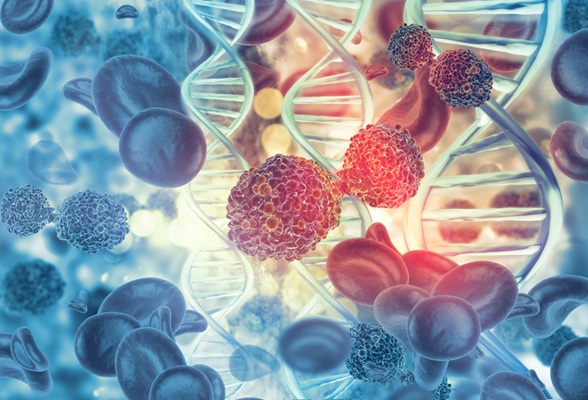
Automated Decentralized cfDNA NGS Assay Identifies Alterations in Advanced Solid Tumors
Current circulating cell-free DNA (cfDNA) assays are typically centralized, requiring specialized handling and transportation of samples. Introducing a flexible, decentralized sequencing system at the... Read moreMolecular Diagnostics
view channel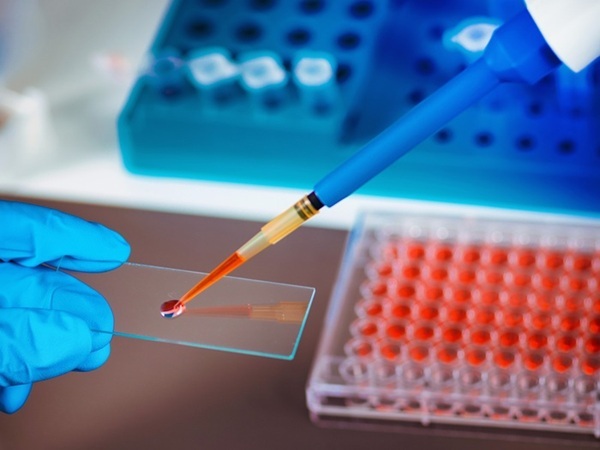
MCED Tests Detect Cancers in Bloodstream Three Years Prior To Diagnosis
Detecting cancer before symptoms emerge remains a major challenge in oncology. Now, a new study reveals that tumor-derived genetic material can be found in the bloodstream as early as three years before... Read more
Revolutionary Blood Test Aims to Fast-Track Lung Cancer Patients for Targeted Therapy
Delays in diagnosing and treating lung and breast cancer can significantly affect patient survival, especially when access to targeted therapies hinges on time-consuming tissue biopsies.... Read moreHematology
view channel
Disposable Cartridge-Based Test Delivers Rapid and Accurate CBC Results
Complete Blood Count (CBC) is one of the most commonly ordered lab tests, crucial for diagnosing diseases, monitoring therapies, and conducting routine health screenings. However, more than 90% of physician... Read more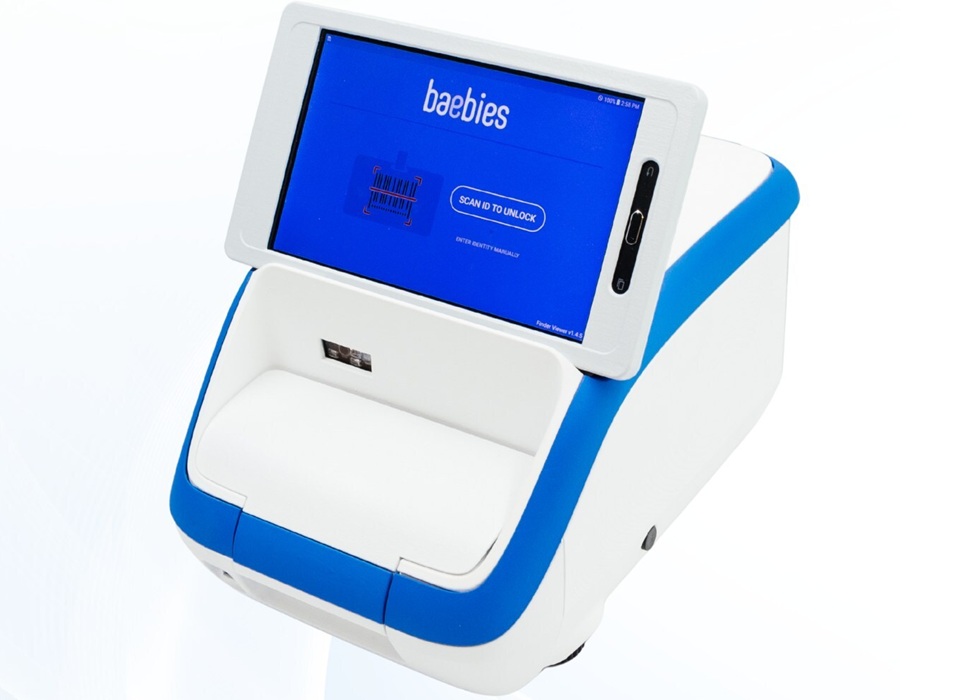
First Point-of-Care Heparin Monitoring Test Provides Results in Under 15 Minutes
Heparin dosing requires careful management to avoid both bleeding and clotting complications. In high-risk situations like extracorporeal membrane oxygenation (ECMO), mortality rates can reach about 50%,... Read moreImmunology
view channel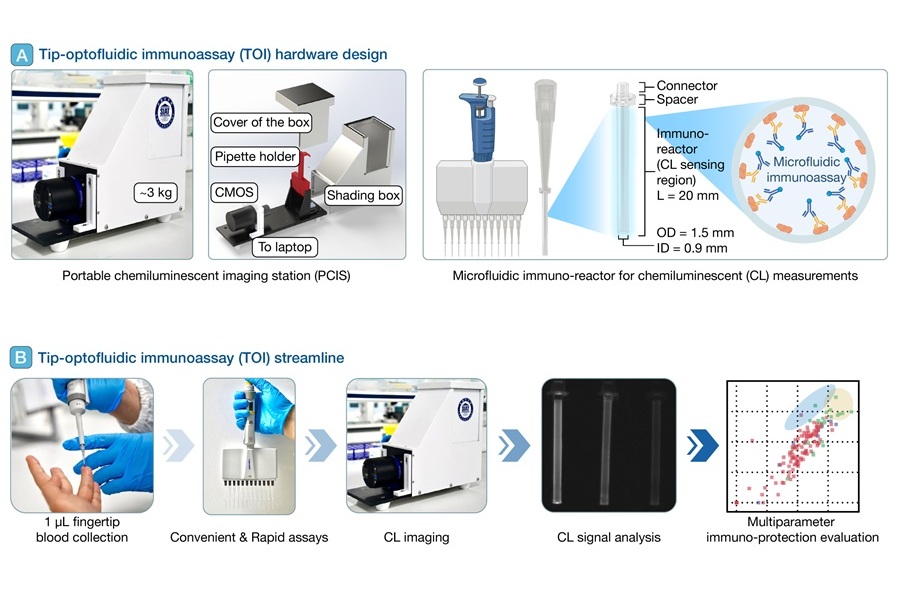
POC Diagnostic Platform Performs Immune Analysis Using One Drop of Fingertip Blood
As new COVID-19 variants continue to emerge and individuals accumulate complex histories of vaccination and infection, there is an urgent need for diagnostic tools that can quickly and accurately assess... Read more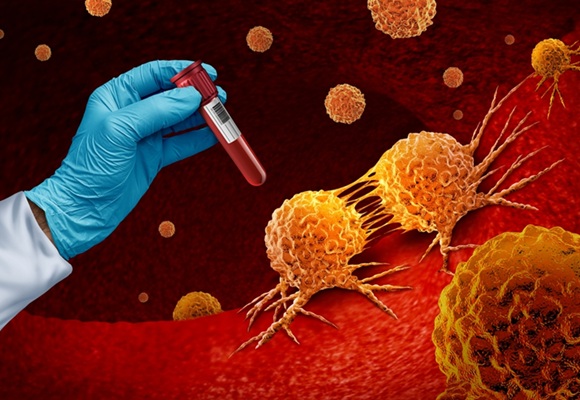
Treatment Switching Guided by Liquid Biopsy Blood Tests Improves Outcomes for Breast Cancer Patients
Standard treatment for patients with advanced estrogen receptor (ER)-positive, HER2-negative breast cancer, a subtype driven by estrogen receptors that fuel tumor growth, often involves aromatase inhibitors,... Read more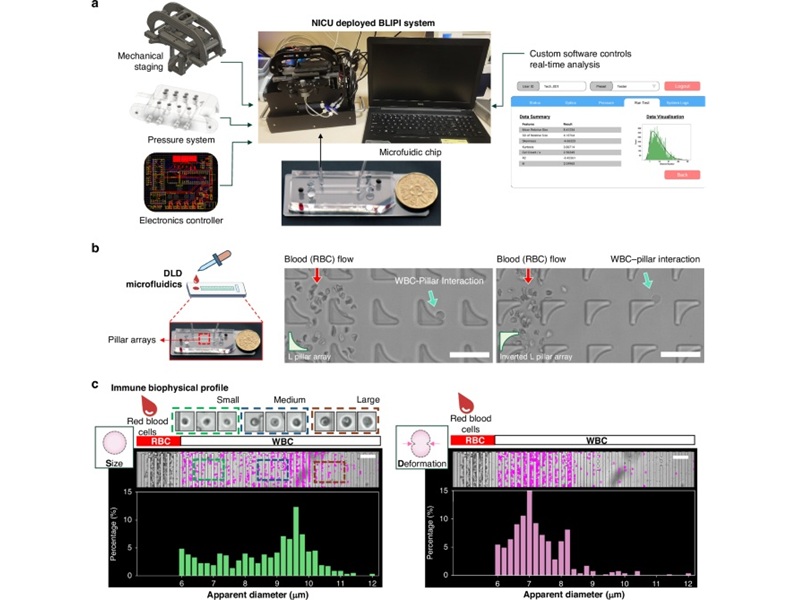
First-Of-Its-Kind Device Profiles Newborns' Immune Function Using Single Blood Drop
Premature infants are highly susceptible to severe and life-threatening conditions, such as sepsis and necrotizing enterocolitis (NEC). Newborn sepsis, which is a bloodstream infection occurring in the... Read more
Stem Cell Test Predicts Treatment Outcome for Patients with Platinum-Resistant Ovarian Cancer
Epithelial ovarian cancer frequently responds to chemotherapy initially, but eventually, the tumor develops resistance to the therapy, leading to regrowth. This resistance is partially due to the activation... Read moreMicrobiology
view channel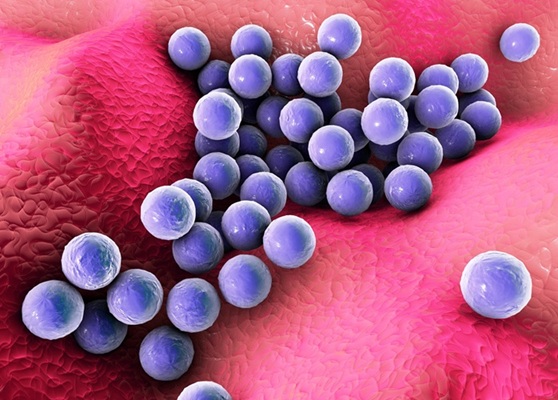
Real-Time Genome Sequencing Detects Dangerous Superbug Causing Hospital Infections
Superbug infections caused by Staphylococcus aureus, or ‘golden staph’, are notoriously difficult to treat and claim over one million lives globally each year. These bacteria can rapidly develop resistance... Read more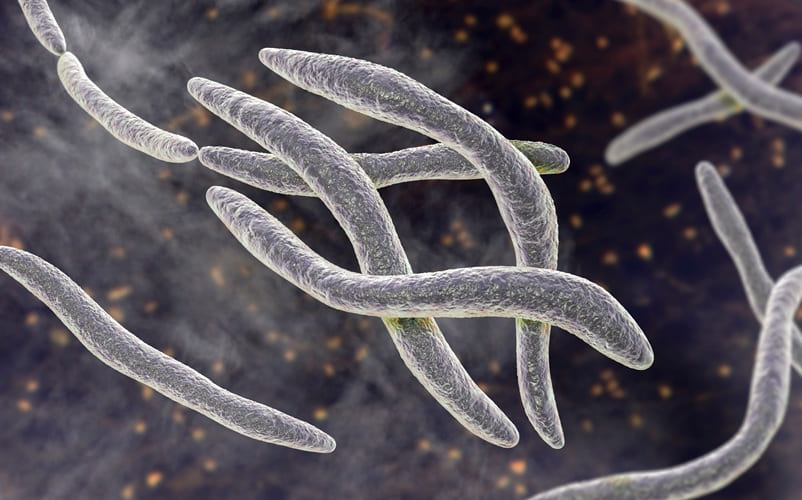
Diagnostic Test Accurately Detects Colorectal Cancer by Identifying Microbial Signature in Gut Bacteria
Colorectal cancer remains one of the deadliest and most common forms of cancer worldwide, with only 40% of cases diagnosed before metastasis. Current screening methods, like colonoscopy, are invasive and... Read morePathology
view channel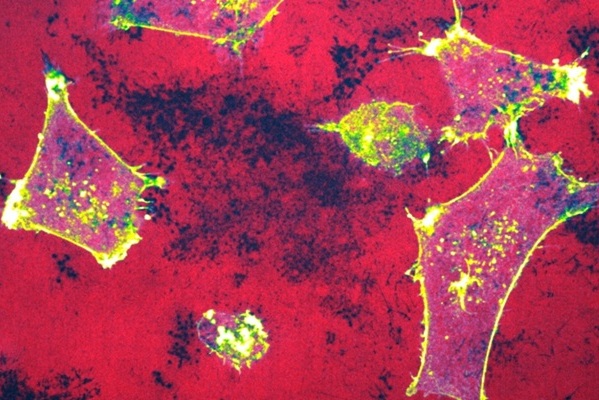
Visualization Tool Illuminates Breast Cancer Cell Migration to Suggest New Treatment Avenues
Patients with breast cancer who progress from ductal carcinoma in situ (DCIS) to invasive ductal carcinoma (IDC) face a significantly worse prognosis, as metastatic disease remains incurable.... Read more
New At-Home Cervical Cancer Screening Device to Increase Accessibility for Patients
Cervical cancer is typically linked to certain types of human papillomavirus (HPV), which is passed through sexual contact. While many people are infected with HPV, only a small percentage will develop... Read more
New Cancer Testing Standards to Improve Diagnostic Accuracy for Oncology Labs
Accurate diagnosis, including the identification of genomic markers, is essential for determining the most effective cancer treatments for patients. To ensure this, laboratories require reliable reference... Read more
Digital Diagnostic Platform Uses Electronic Technology for Rapid Disease Detection
Traditional diagnostic methods often fall short in providing rapid, accurate detection of infectious diseases, leading to delays in treatment and increased transmission. Now, a groundbreaking digital diagnostics... Read moreTechnology
view channel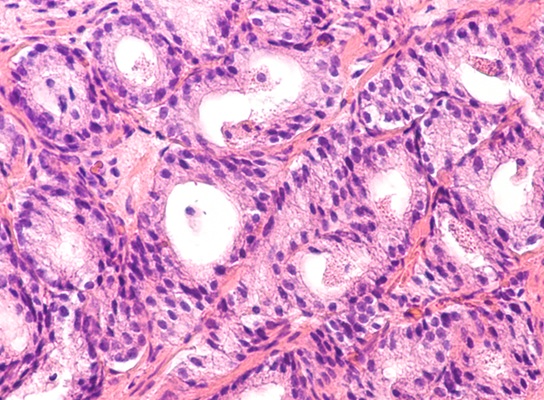
AI Method Predicts Overall Survival Rate of Prostate Cancer Patients
Prostate adenocarcinoma (PAC) accounts for 99% of prostate cancer diagnoses and is the second most common cancer in men globally after skin cancer. With more than 3.3 million men in the United States diagnosed... Read more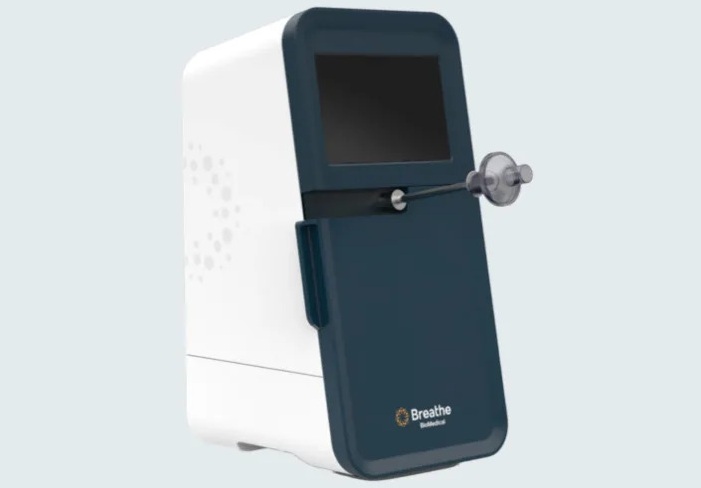
Breath Test to Enable Early Detection of Breast Cancer
Mammograms often fail to detect breast cancer in women with dense breast tissue, missing up to 60% of cases due to reduced image clarity. Breath analytics has the potential to allow for timely detection... Read more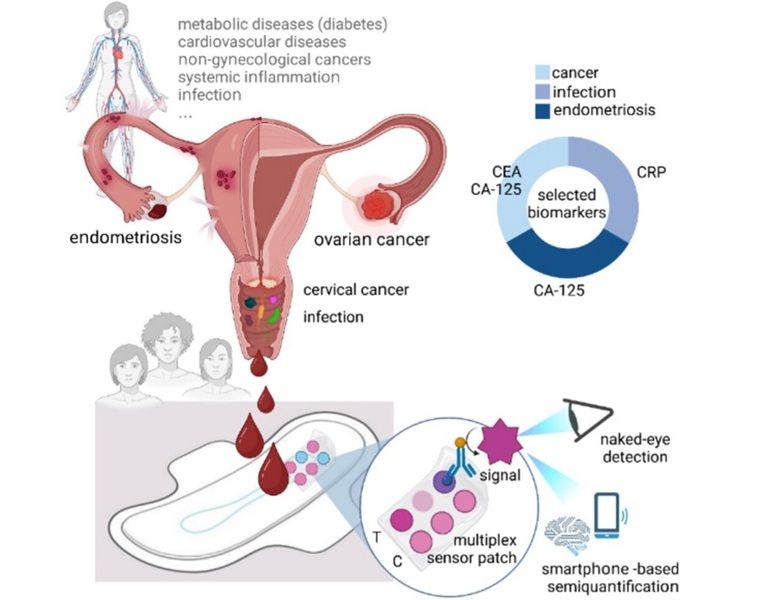
First Ever Technology Recognizes Disease Biomarkers Directly in Menstrual Blood in Sanitary Towels
Over 1.8 billion people menstruate worldwide, yet menstrual blood has been largely overlooked in medical practice. This blood contains hundreds of proteins, many of which correlate with their concentration... Read more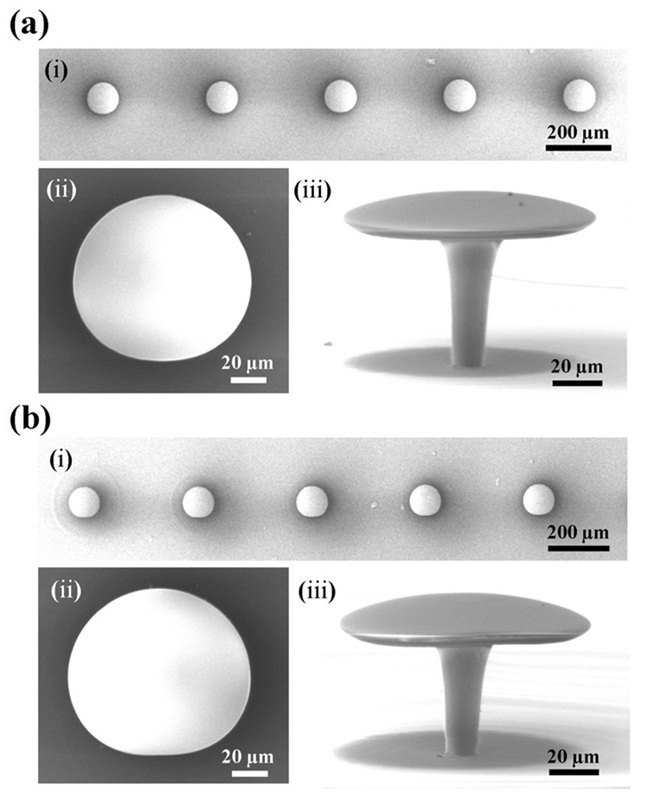
Tiny Microlaser Sensors with Supercharged Biosensing Ability to Enable Early Disease Diagnosis
Optical whispering-gallery-mode microlaser sensors function by trapping light within tiny microcavities. When target molecules bind to the cavity, they induce subtle changes in the laser’s frequency, allowing... Read moreIndustry
view channel
Fujirebio Collaborates with Stanford Medicine to Advance Infectious Disease Research
Fujirebio (Tokyo, Japan) has entered into a collaboration with Stanford Medicine (Palo Alto, CA, USA) to accelerate the adoption of ultrasensitive immunoassays that incorporate single-molecule counting... Read more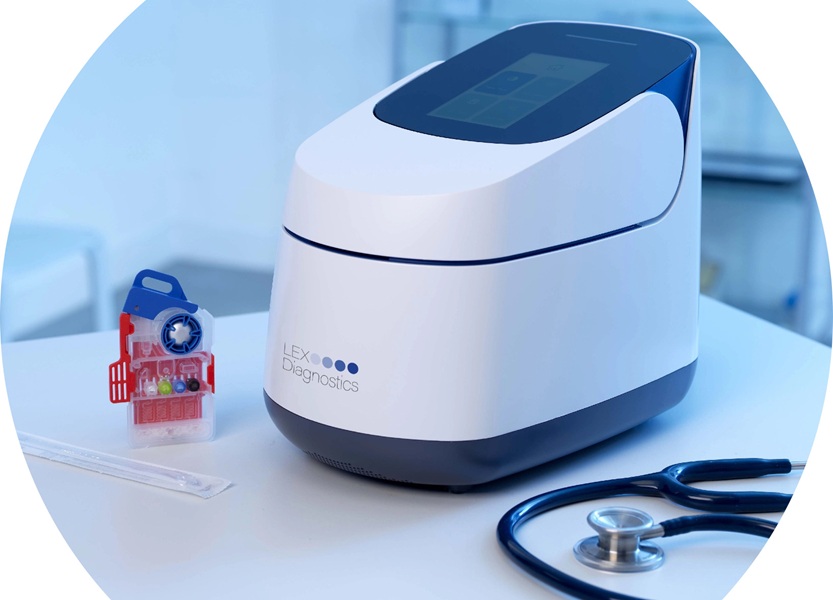
QuidelOrtho to Acquire MDx Company LEX Diagnostics
QuidelOrtho Corporation (San Diego, CA, USA) has announced a refocusing of its molecular diagnostics strategy which now includes acquiring LEX Diagnostics (Cambridgeshire, UK) and discontinuing development... Read more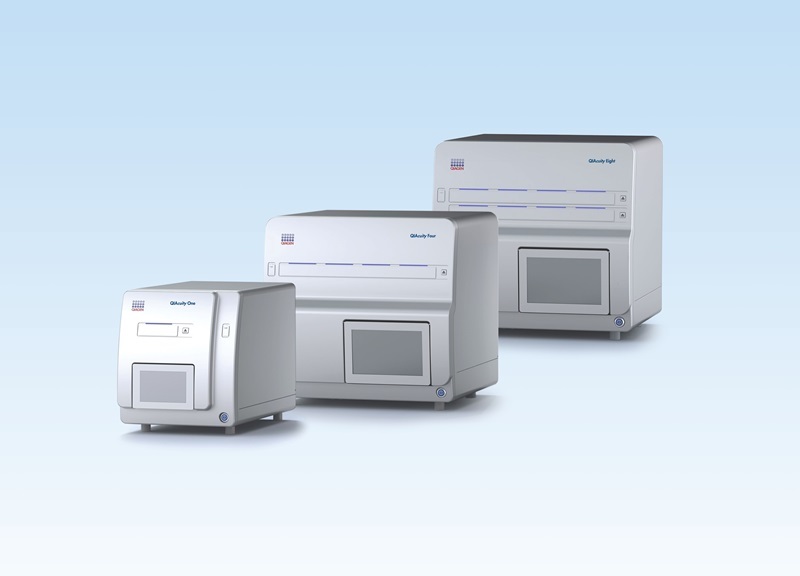









 for Ovulation.jpg)

